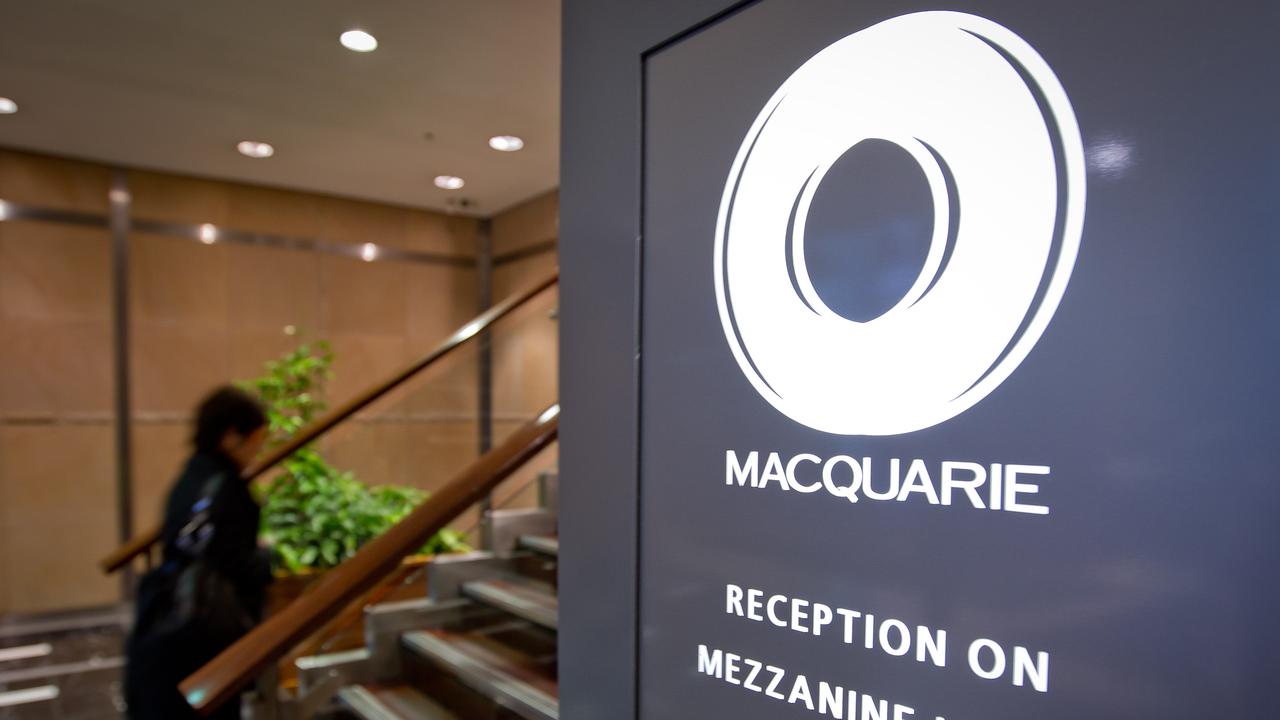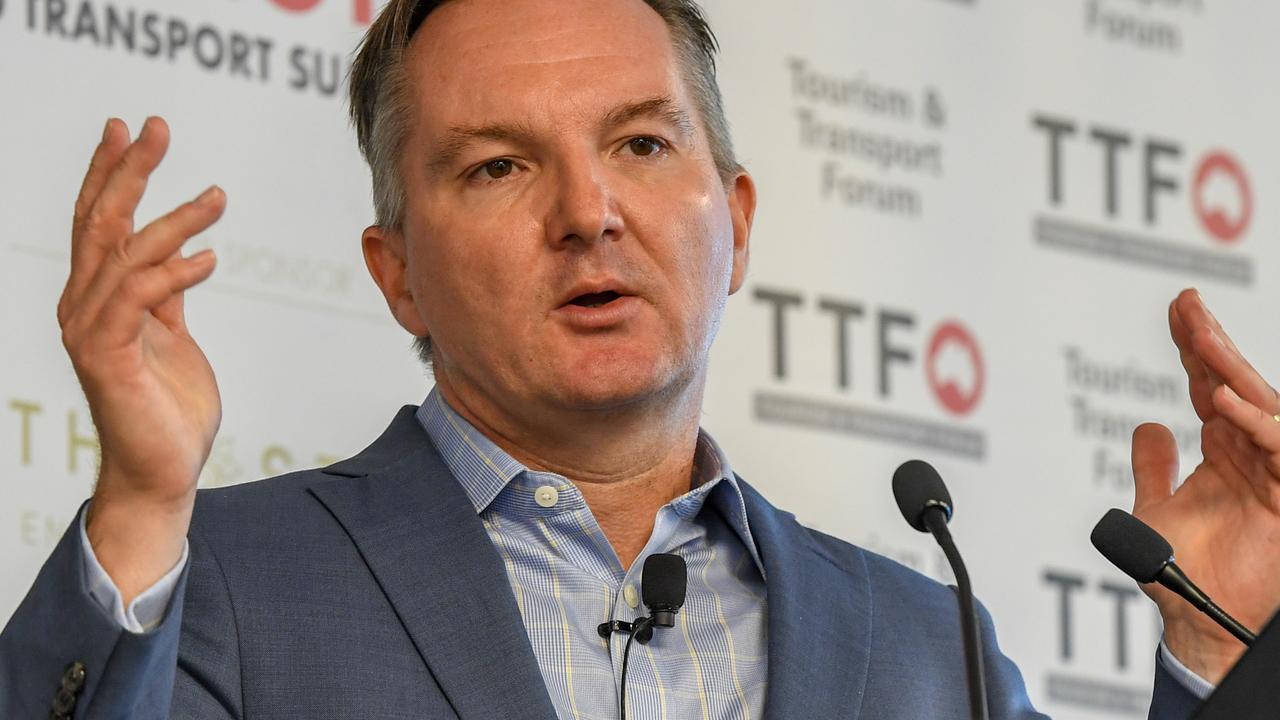Amazon likely to be the big winner as Australians embrace digital banking
Australians are embracing digital banking at an incredible rate — and Amazon is likely to be the big winner.

And in the process it will change the dynamic and reduce the value of many strip shopping centres. The reason for the demise of branches is that Australians are embracing digital banking at an incredible rate of knots and that means that we are probably the most fertile market in the world for sophisticated digital retail marketing. Amazon’s timing is brilliant and we are now seeing just where the giant is likely to attack to take advantage our embrace of digital technology in banking
Last week I was yarning to a senior executive of a top four bank and he explained that transactional business in branches was falling by about 10 per cent a year because of the huge uptake of electronic banking. I wondered whether his bank was an exception but then I walked into a suburban big four bank branch (not the one I spoke with) and found almost no one there. There were plenty of people in the shopping centre but they weren’t going into the bank which had empty teller slots like ghosts of a previous era.
Finally this week a third bank, the Commonwealth, produced amazing statistics which confirmed this enormous switch from branches. In 2007 there was $100 million in CBA branch deposits and withdrawals and ten years later it is down to $50 million but the really big fall has been in the last two years. Accordingly, that 10 per cent decline estimate of the CBA rival looks to be about right.
Some 26 per cent of CBA retail product sales are now digital and the proportion is rising rapidly.
A decade or two ago banks were closing branches and causing the most incredible customer ill will and that ill will spilled over into a thrust by Bendigo Bank to expand community banks.
But this time around the branches are being closed or transformed because people are simply not using them to transact. This is not good for strip shopping centres because banks historically have been big generators of traffic for many centres. A great deal of the Australia’s property investment wealth, particularly amongst smaller savers, is concentrated in shops in strip shopping centres.
And, of course, these centres also face the threat of a similar swing from bricks and mortar retailing to online retailing in other areas. While the retail swing will not be anywhere near as big as banking, once people are familiar with transacting digitally, switching from bank transactions to physical goods is not a big step.
During the week I was also yarning with Mihir Kittur, one of the founders of the giant global retail consulting group, Ugam.
Ugam consult to about half the big retailers in the US and also to retailers around the world including Australia. A major focus of their work is to improve existing retailers’ ability to match the data skills of Amazon. Kittur says that most global retailers are realising that they are in the business of selling goods and therefore should service the customer via what ever mechanism that customer choses to shop. And sophisticated use of data bases should be integrated into all retail operations.
Australian retailers, while there are exceptions, are behind the US and many are still considering what they should be doing. By now they should have developed a large amount of data which they have learned to cross reference. They are then able to go to the third stage of working out ways to interpret that cross referenced data so as to refine their marketing techniques. Most have not reached that third stage and yet that is exactly what Amazon is doing around the world.
A good illustration of what Amazon will do in Australia is to follow the strategies it used this year in its so called Prime Day in the US. A key part of Amazon’s marketing is to convince customers to enrol as Prime customers and then on Prime Day Amazon directs cut priced promotion offers every few minutes at Prime customers.
In the latest Prime Day sale the biggest number of cut price promotions were directed towards the home, garden and tools category. At first instance one might conclude that is where they will direct their initial Australian attack. But Kittur doesn’t believe that is likely and indeed a lot of the US home, garden and tools category deals were specialised products. The US equivalent of our Bunnings is Home Depot and it has been trading well. Kittur doesn’t think that Amazon will direct its initial attack towards a group as strong as Bunnings but rather will be looking for easier targets. The second area of Prime Day specials in the US concentrated on electronics (including television sets), computers and office equipment and that is the most likely initial target in Australia. That means that first cab off the Amazon rank will be a thrust at Harvey Norman, JB Hi-Fi and Officeworks. That won’t greatly affect strip shopping centres. But not far behind will be a thrust into clothing, footwear and health products which are essential components of most strip shopping centres.
Strangely, in the Amazon world, Kittur says that the new battle ground is not so much physical goods but an attempt to dominate voice communications which is likely to be the next front. Amazon’s rival in this area is Google. On Prime Day Amazon slashed the price of its Echo devices that enable people to instruct their computers via voice and if Amazon can win the verbal communication race then its power will be untouchable.
But in the process it will damage Google and Google has its own voice products which it is marketing with great vigour. Get ready for that war to also come to Australia.




The bank branch, which has underpinned the marketing of our banks for more than a century, is finally on the way out.